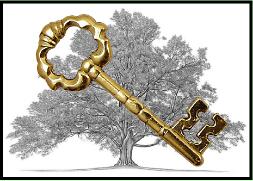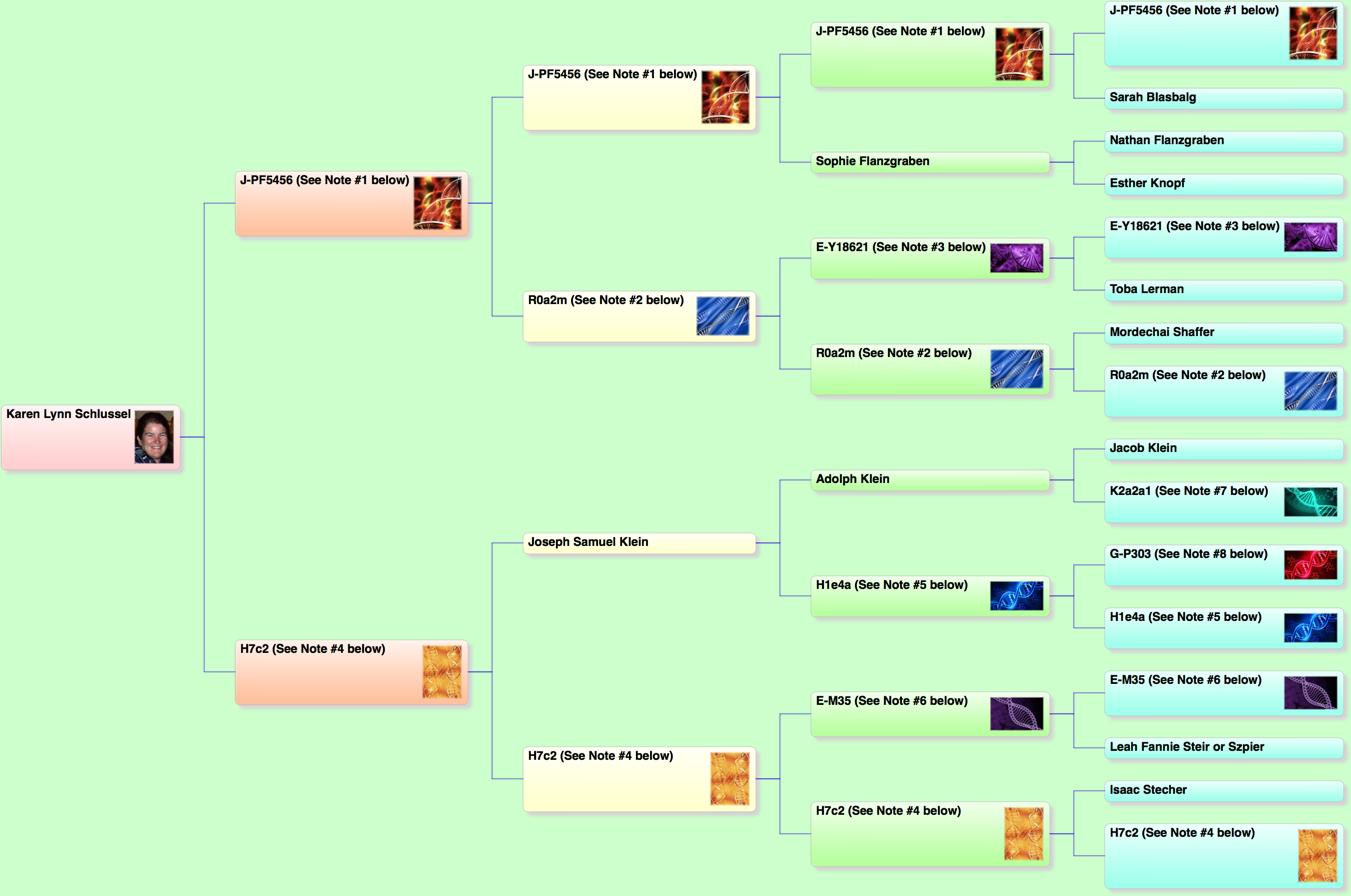|
Want to investigate DNA testing?
FamilytreeDNA
http://www.familytreedna.com
Can DNA Testing Confirm Jewish Ancestry?
http://www.familytreedna.com/PDF
Spring2008Page011Greenspan.pdf
|
|
|
|
Note #1 — J-PF5456
- Haplogroup J-M304, also known as J*, is a human Y-chromosome DNA haplogroup. It is believed to have evolved in Western Asia. The clade spread from there during the Neolithic, primarily into North Africa, the Horn of Africa, Socotra, the Caucasus, Southeast Europe, West Asia, Central Asia, South Asia.
- Haplogroup J-M304 is divided into two main subclades (branches), J-M267 and J-M172.
- For further information see https://en.wikipedia.org/wiki/Haplogroup_J_(Y-DNA)
|
|
|
|
|
Note #2 — R0a2m
- Haplogroup R0 occurs frequently in the Arabian Plate with its highest frequency in Socotri, Yemen. It is also found in a high frequency in Kalash, Pakistan, and in a smaller frequency in North Africa, the Horn of Africa, Anatolia, the Iranian Plateau and Dalmatia. Its greater variety in the Arabian Plate suggests R0a originated in and spread from there.
- For further information see https://en.wikipedia.org/wiki/Haplogroup_R0_(mtDNA)
|
|
|
|
|
Note #3 — E-Y18621
|
|
|
|
 |
 |
 |
 |
 |

